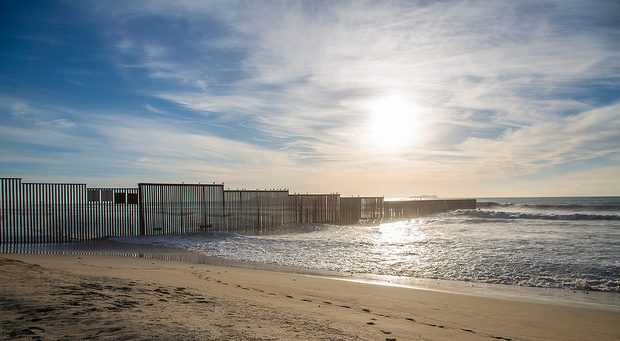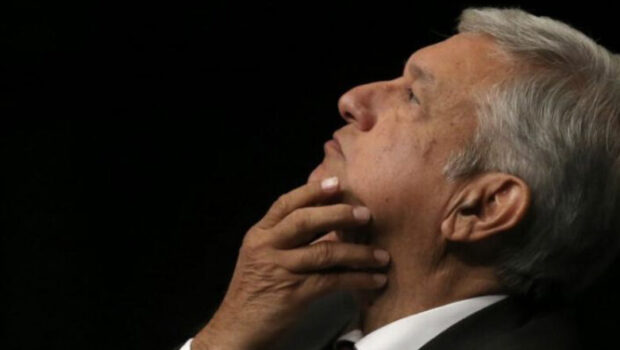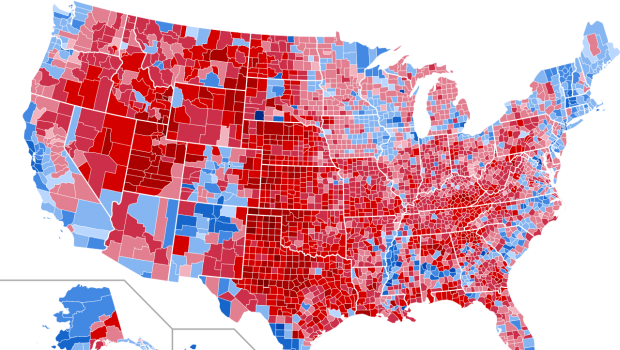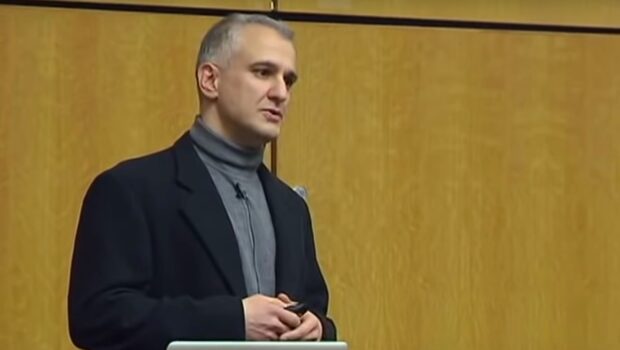What’s In A Wall?
Tanya Huntington
In a philosophical dialogue that describes our reality as something that goes on inside a cave, Plato suggested our perception is as limited as that of prisoners in chains, staring at shadows projected onto a wall. His timeless allegory fortifies our concept of walls –natural or manmade– as defensive measures; that is to say, barriers that shield us from the unknown, but do not necessarily promote our understanding or welfare.
Indeed, there are two sides to every wall. We must ask ourselves not only what each one was designed to keep out, but also what it was meant to keep in: could it be the flickering outline of our own ignorance?
Once upon a time, when walls still acted as tirelessly efficient partitions, they filled in for military defense corps while providing visual markers along political borders. They represented a permanence, or stasis, at odds with the ephemeral flux of different cultures, which persistently defy all efforts to predetermine or restrain them. In time, they have become a lot less like actual physical barriers and a lot more like symbols of political failure (Berlin), religious conflict (Israel and Palestine), or economic disparity (the United States and Mexico). As if its original purpose to separate the haves from the have-nots were not appalling enough, this last wall is now undergoing an ideological rebranding as the protection of good from evil, no less: of decent, law-abiding citizens from bad hombres. And yet, it feels as if its true function lies elsewhere, lurking beyond the shadows currently on display.
To help me get to the bottom of this, I turned to another story involving a wall. This one was written by my husband Francisco Hinojosa, who is the author of treasured children’s books and unsettling prose for grown-ups: a Latin American Roald Dahl of sorts. In his most popular tale, La peor señora del mundo, a terrible, monstrous woman victimizes an entire town with her acts of violence, which range from squeezing drops of lime juice into her children’s eyes to drop-kicking the neighbors, or swallowing poor, defenseless tarantulas whole. This intimidating hag singlehandedly constructs an enormous wall overnight to prevent the townspeople from escaping her ministrations. In Francisco’s story, the townspeople come together and in the end, are able to outsmart this personification of evil. But of course, reality does not always afford us the comfort of living happily ever after. After revisiting my husband’s story, it occurred to me that Trump’s proposal is less about keeping Mexicans out than about imprisoning the United States inside a violent, isolationist national identity that equates greatness with carrying a big stick –but does not bother to speak softly about it anymore.
Since the wondrous invention of air travel, we can safely say that all walls, including Trump’s, are for the most part ineffective as defensive measures, unless they serve as fortifications against the elements –those rising sea levels his followers refuse to believe in, for example. However, walls continue to act as powerfully aggressive symbols, erecting artificial barriers designed to block organic interaction between people on either side.
I have dedicated my adult life to breaching, in my own small way, the ancient wall between Anglo and Hispanic cultures. To this end, I have employed the catapult of education, the tunnel of translation, the window of immigration, the drawbridge of art. And like a flamboyant magician for his next trick, I have even made it disappear through friendship, marriage, and motherhood. Yet I fear Trump’s version may turn out to be impervious to such efforts, because it is not being engineered to keep those of us who live south of the border out, but rather to trap the foul shadow of ignorance within, where it may loom and grow.
*Image by Tony Webster
 Tanya Huntington is the author of Martín Luis Guzmán: Entre el águila y la serpiente, A Dozen Sonnets for Different Lovers, and Return. She is Managing Editor of Literal. Her Twitter is @Tanya Huntington
Tanya Huntington is the author of Martín Luis Guzmán: Entre el águila y la serpiente, A Dozen Sonnets for Different Lovers, and Return. She is Managing Editor of Literal. Her Twitter is @Tanya Huntington
©Literal Publishing
Posted: February 14, 2017 at 10:17 pm










